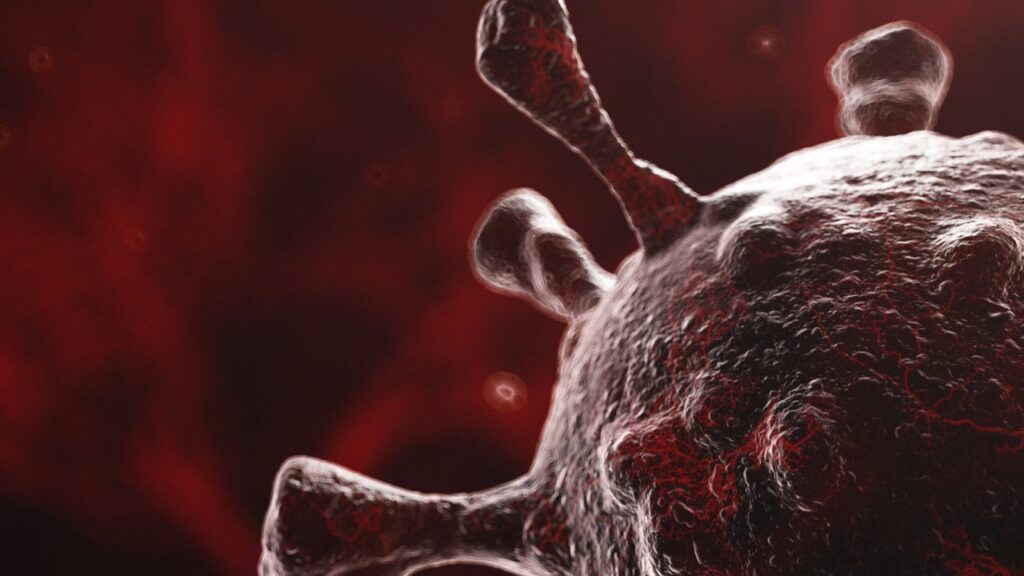Your skin is a bustling metropolis, teeming with life too small for the naked eye to see. Billions of tiny organisms call your body home, forming a complex ecosystem known as the skin microbiome. While the thought of these miniature tenants might make your skin crawl, many play crucial roles in keeping you healthy. Others, however, are less welcome guests. From bacteria and fungi to mites and viruses, your skin hosts a diverse array of microscopic life. Ready to meet some of your smallest neighbors?
Demodex Folliculorum
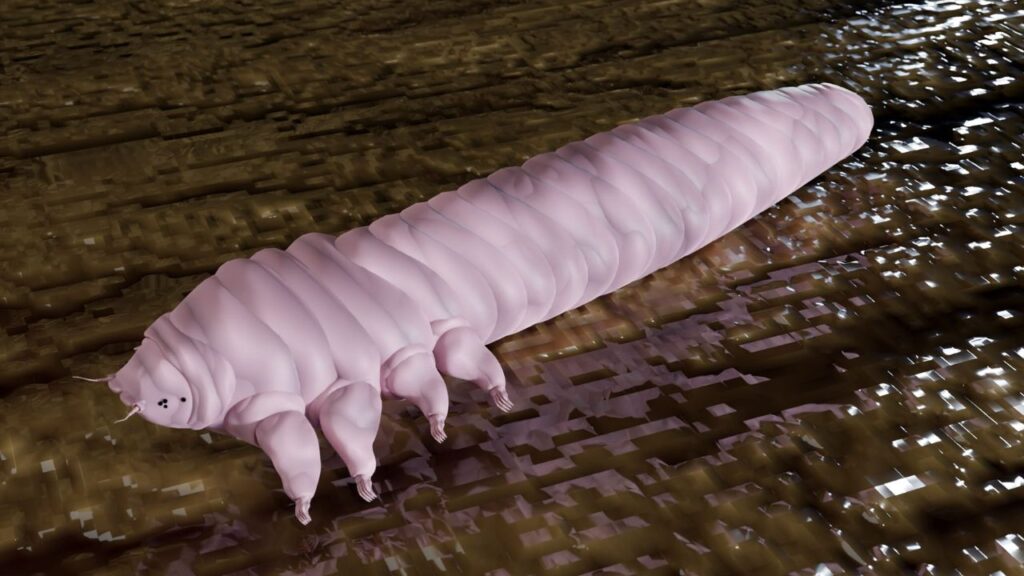
These tiny mites live in your hair follicles, especially around the nose and eyes. They’re related to spiders and ticks, measuring about 0.3 millimeters long. At night, they crawl out to mate and lay eggs. Don’t worry, though – they’re usually harmless and might even help clear away dead skin cells. Interestingly, these mites lack an anus, so they store waste in their bodies throughout their short lives.
Propionibacterium Acnes
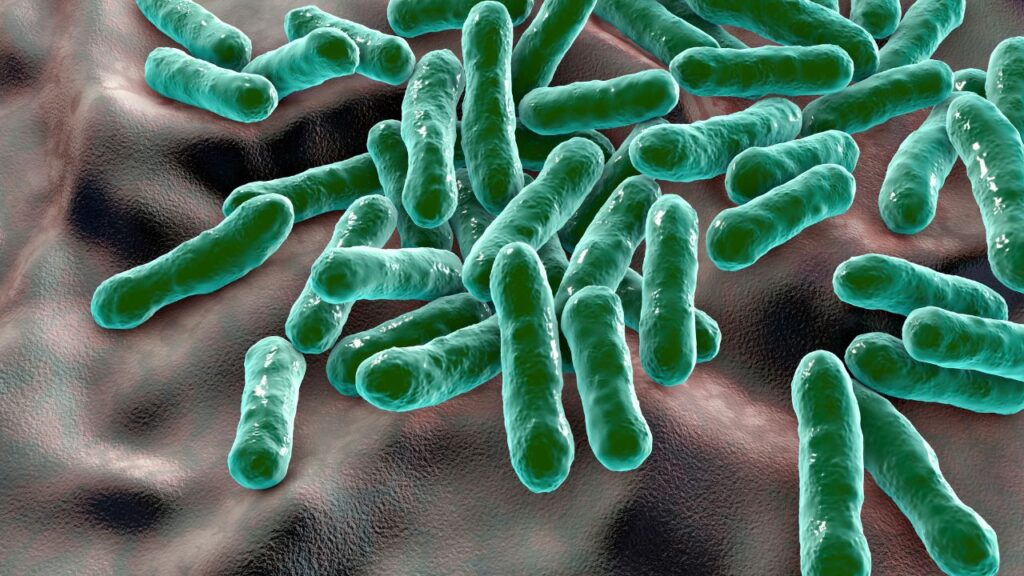
Despite its name, this bacterium isn’t always bad. It lives deep in your pores and helps maintain a healthy pH balance on your skin. However, when it overgrows, it can contribute to acne by feeding on the oils your skin produces and causing inflammation. Recent research suggests that certain strains of P. acnes might actually protect against acne, while others promote it.
Staphylococcus Epidermidis
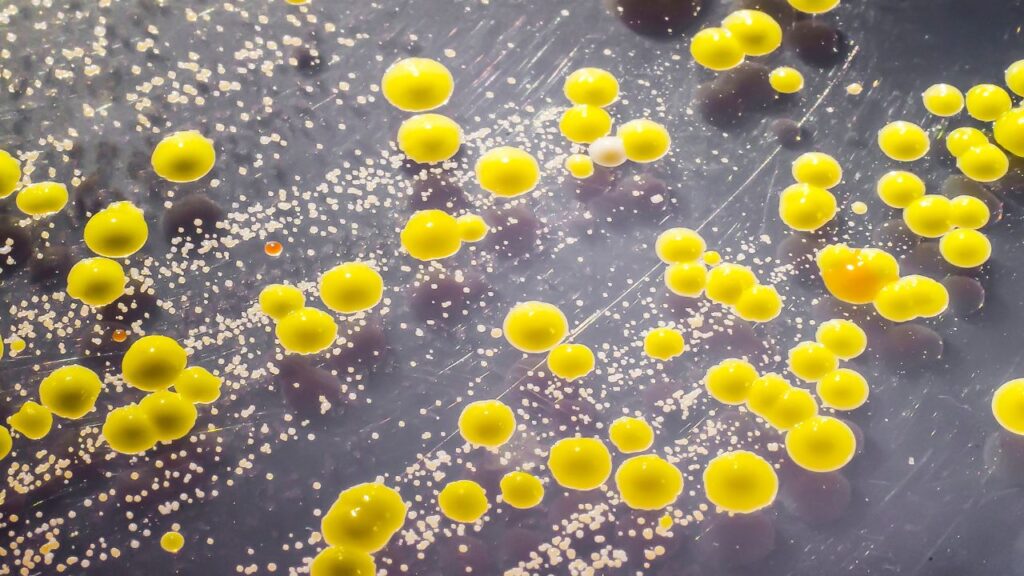
This common skin bacterium is found on almost everyone. It’s usually harmless and may even help protect against more dangerous germs. But in people with weakened immune systems, it can sometimes cause infections. S. epidermidis has also been shown to produce antimicrobial peptides that can fight off other, more harmful bacteria.
Malassezia Globosa

This yeast-like fungus lives on most people’s scalps. It feeds on the oils in your skin and can contribute to dandruff. In some people, it may also cause a skin condition called tinea versicolor, which creates discolored patches on the skin. Malassezia globosa is so adapted to human skin that it can’t survive without the specific lipids found in human sebum.
Corynebacterium
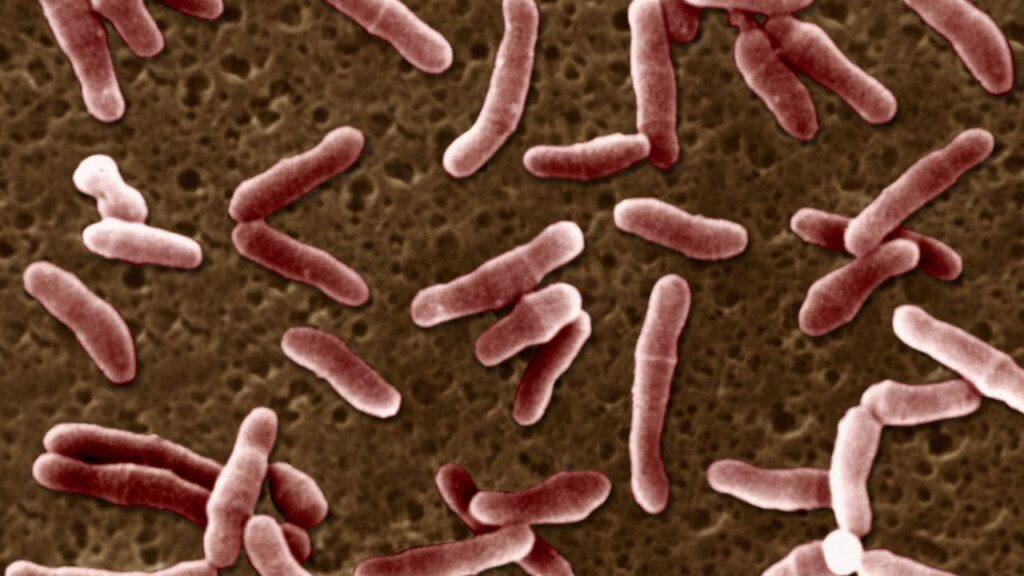
These rod-shaped bacteria thrive in moist areas like your armpits and groin. They break down your sweat, producing that distinctive body odor. While they’re not harmful, they can make you reach for the deodorant more often. Some species of Corynebacterium can actually metabolize antiperspirants, potentially making them less effective over time.
Streptococcus Pyogenes
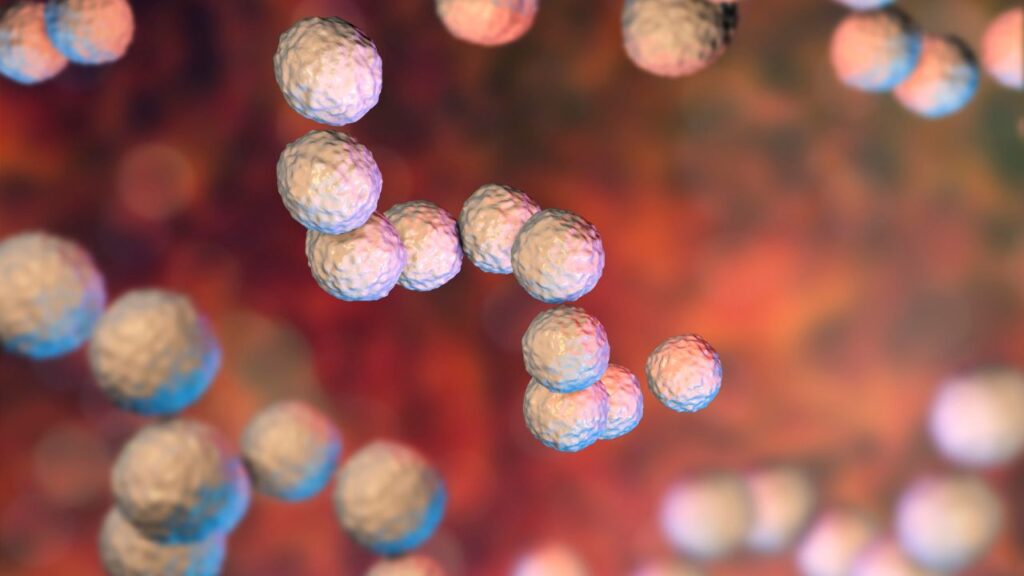
This bacterium can live harmlessly on your skin, but it’s also responsible for strep throat and other infections. It’s highly contagious and can spread through skin contact or respiratory droplets. S. pyogenes has over 200 different strains, each capable of causing slightly different symptoms or responding differently to antibiotics.
Candida Albicans
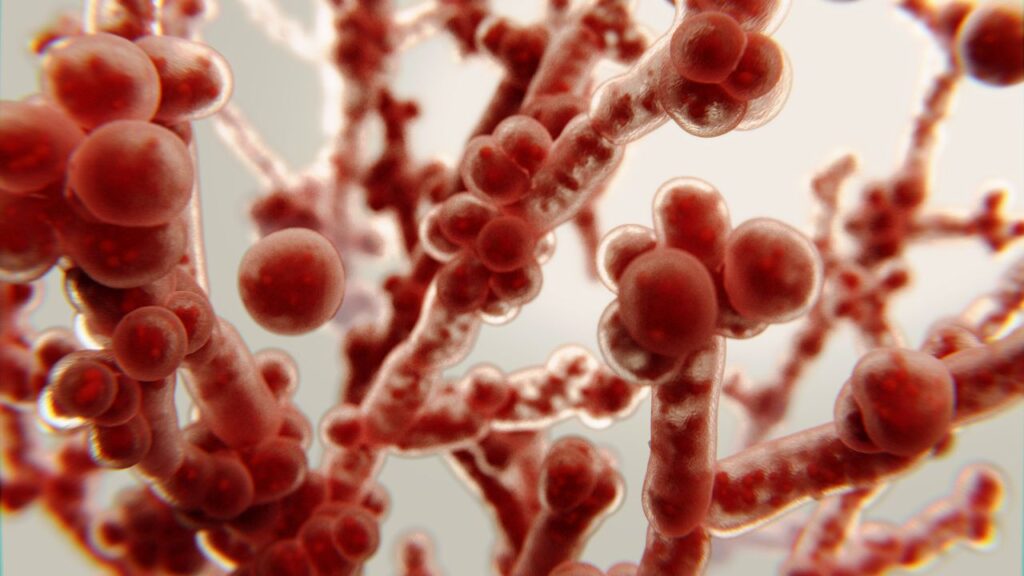
This yeast normally lives on your skin without causing problems. However, if it overgrows, it can lead to fungal infections like athlete’s foot or yeast infections. It thrives in warm, moist environments. Candida albicans has the unique ability to switch between yeast and hyphal forms, which helps it adapt to different environments and evade the immune system.
Micrococcus Luteus
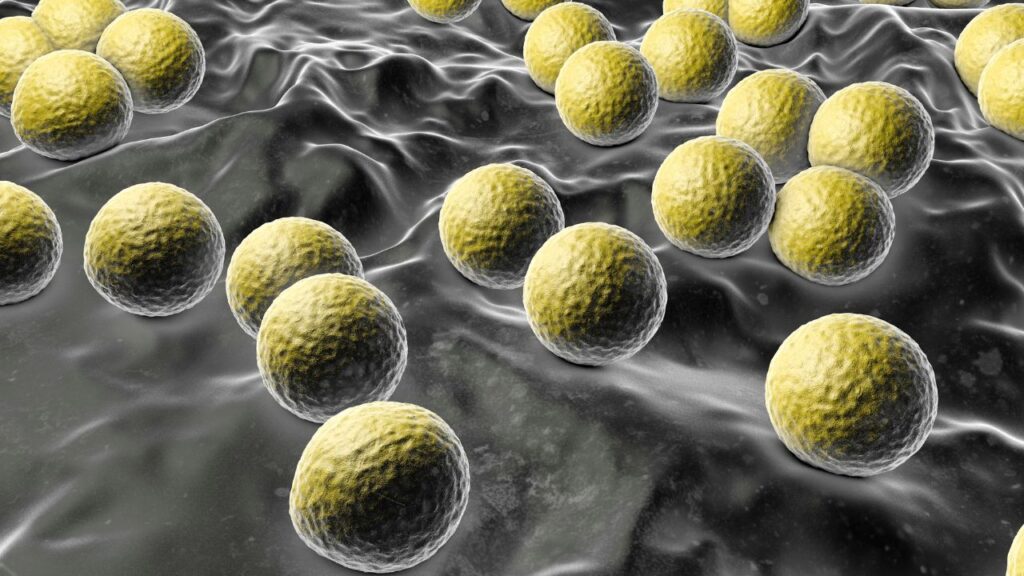
These yellow bacteria are commonly found on human skin and in soil. They’re typically harmless but can cause infections in people with weakened immune systems. They’re also known for their ability to survive in extreme environments. M. luteus can withstand high levels of radiation, making it a subject of interest for astrobiologists studying potential life on other planets.
Brevibacterium
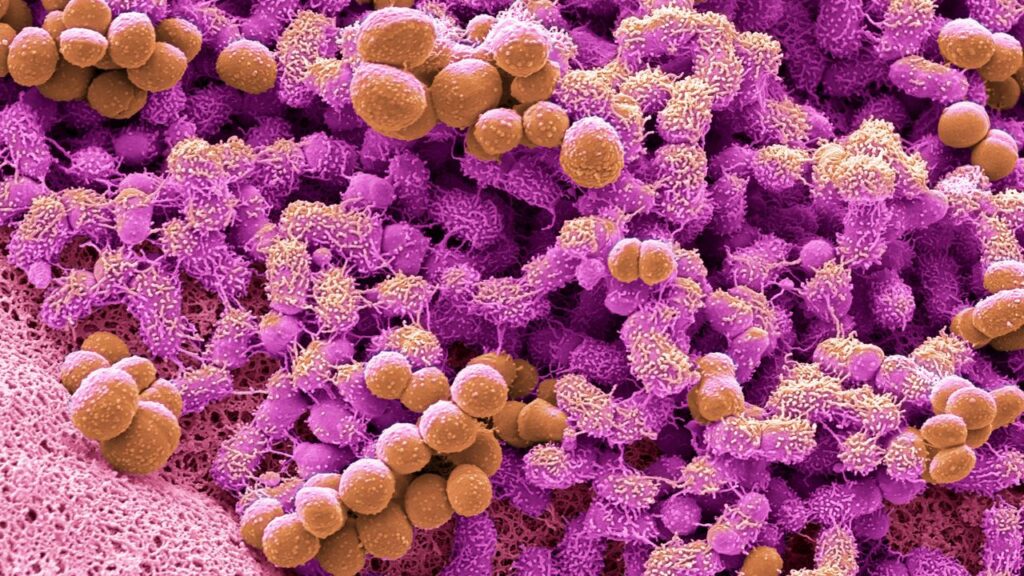
These bacteria are responsible for the strong smell of certain cheeses – and they also live on your feet. They break down dead skin cells and produce methanethiol, a compound that gives both feet and some cheeses their distinctive odor. Some species of Brevibacterium are used in the production of Limburger, Munster, and other strong-smelling cheeses.
Aspergillus
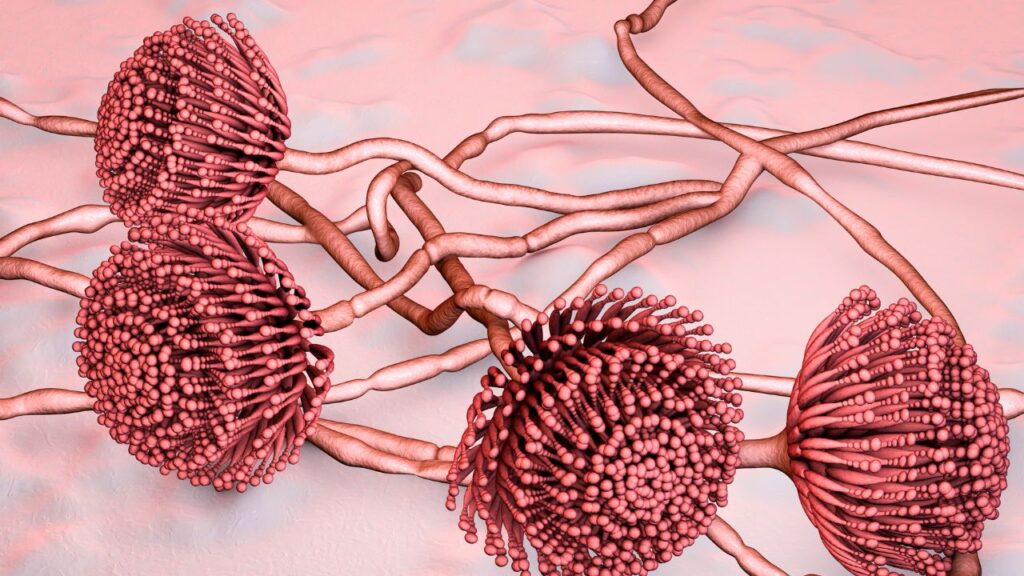
This genus of mold is found everywhere in the environment, including on your skin. While it’s usually harmless, some species can cause serious infections in people with compromised immune systems. Certain Aspergillus species are used beneficially in the production of foods like soy sauce and the fermentation of traditional medicines.
Trichophyton
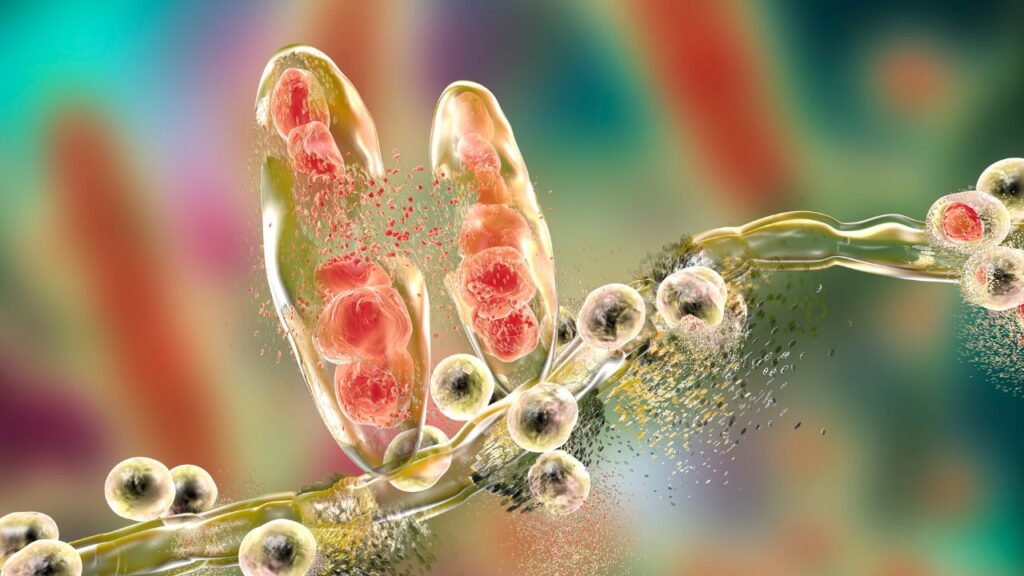
These fungi are the culprits behind ringworm, athlete’s foot, and jock itch. They feed on the keratin in your skin and nails, causing itchy, scaly rashes. They thrive in warm, moist environments like locker rooms and public showers. Trichophyton fungi can survive for months on surfaces, which is why infections can spread easily in communal areas.
Human Papillomavirus (HPV)
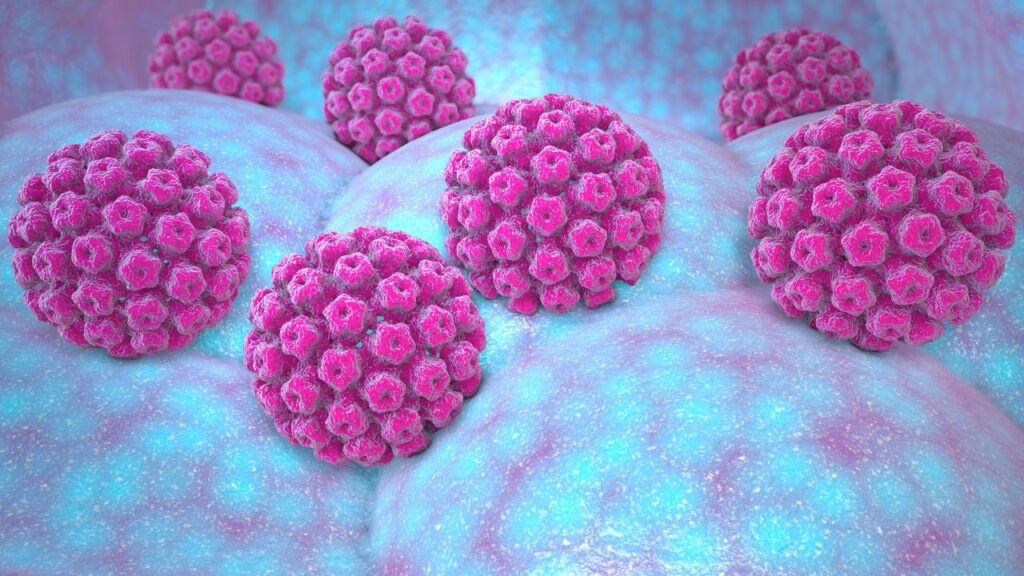
This virus can infect the top layers of your skin, causing warts. There are over 100 types of HPV, and while most are harmless, some can lead to more serious conditions. It spreads through skin-to-skin contact. HPV is so common that nearly all sexually active people will get at least one type of HPV at some point in their lives.
Pityriasis Versicolor
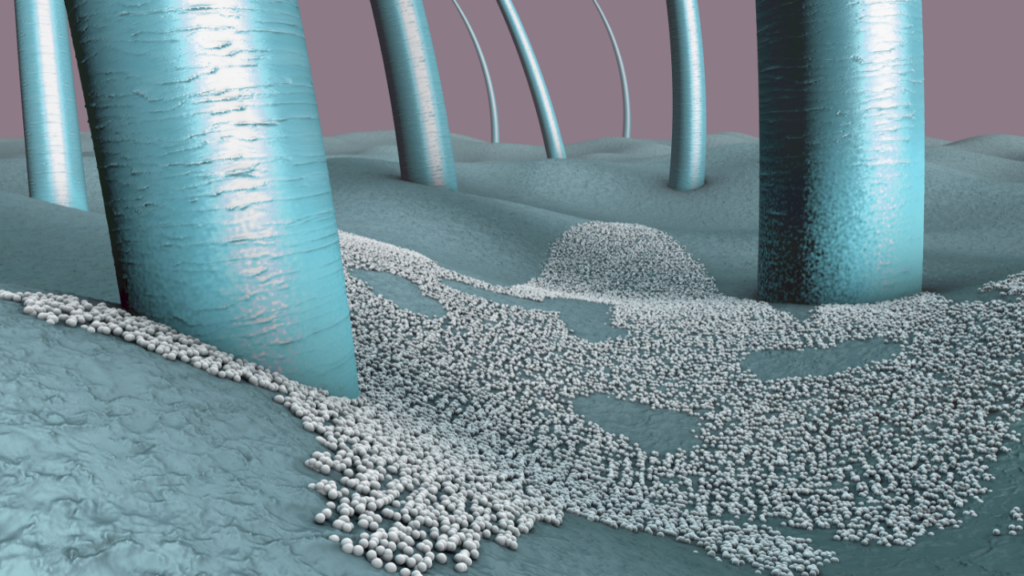
This yeast infection causes small, discolored patches on the skin. It’s caused by an overgrowth of a type of yeast that normally lives on your skin. The patches may be lighter or darker than the surrounding skin and can be itchy. Interestingly, the discoloration is not due to pigment changes, but rather to chemicals produced by the yeast that interfere with normal skin pigmentation.
Bacillus Subtilis
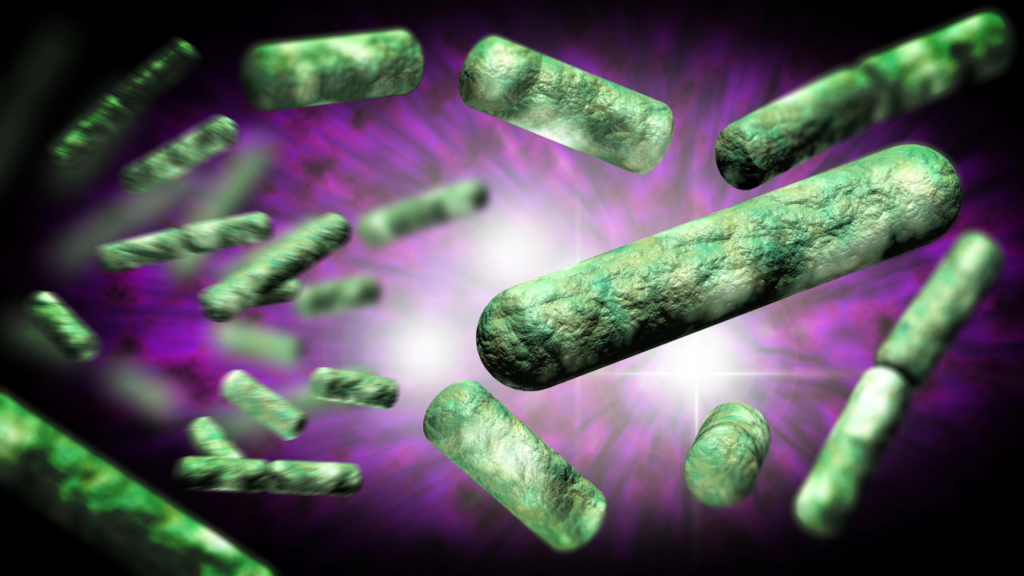
This rod-shaped bacterium is found on skin and in soil. It’s generally harmless and may even have probiotic properties. Some strains are used in the production of traditional fermented foods. B. subtilis has the remarkable ability to form endospores, allowing it to survive extreme conditions for long periods.
Acinetobacter
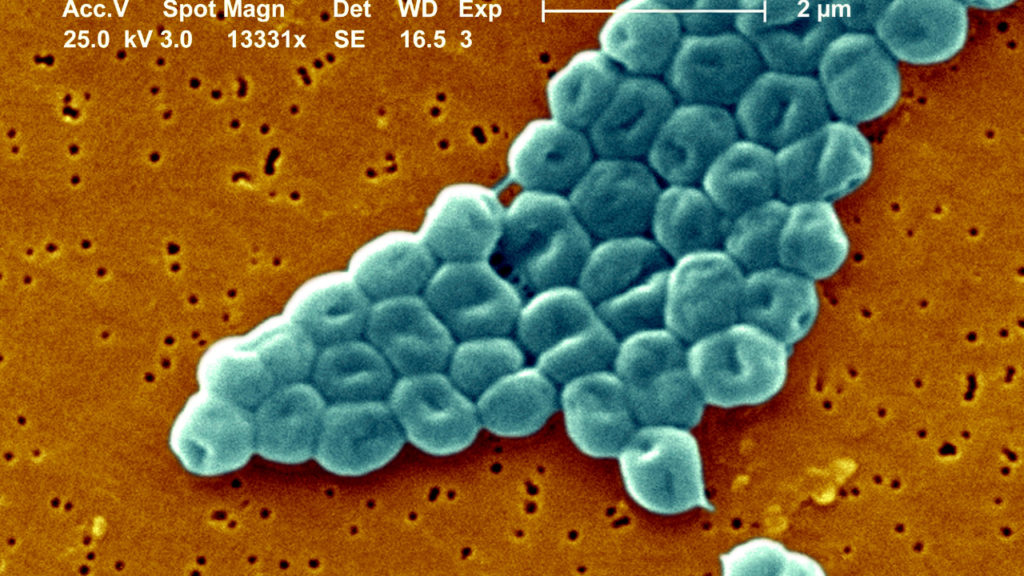
These bacteria are found on the skin of about a quarter of healthy people. While they’re usually harmless, some species can cause infections in hospitals, especially in patients with weakened immune systems. Acinetobacter baumannii, one species in this genus, has become a significant concern in healthcare settings due to its ability to quickly develop antibiotic resistance.
Becky is a fervent wildlife enthusiast and pet care expert with a diploma in canine nutrition. Her love for animals stretches beyond the domestic, embracing the wild tapestry of global fauna. With over a decade of experience in animal welfare, Becky lends her expertise to OutlandishOwl through insightful articles, captivating wildlife information, and invaluable guidance on pet nutrition. Her work embodies a deep commitment to understanding the intricate lives of animals and a passion for educating others on sustaining natural habitats. Becky's hands-on conservation efforts and her knack for translating complex dietary science into practical pet feeding tips make her an indispensable voice for creatures great and small.

